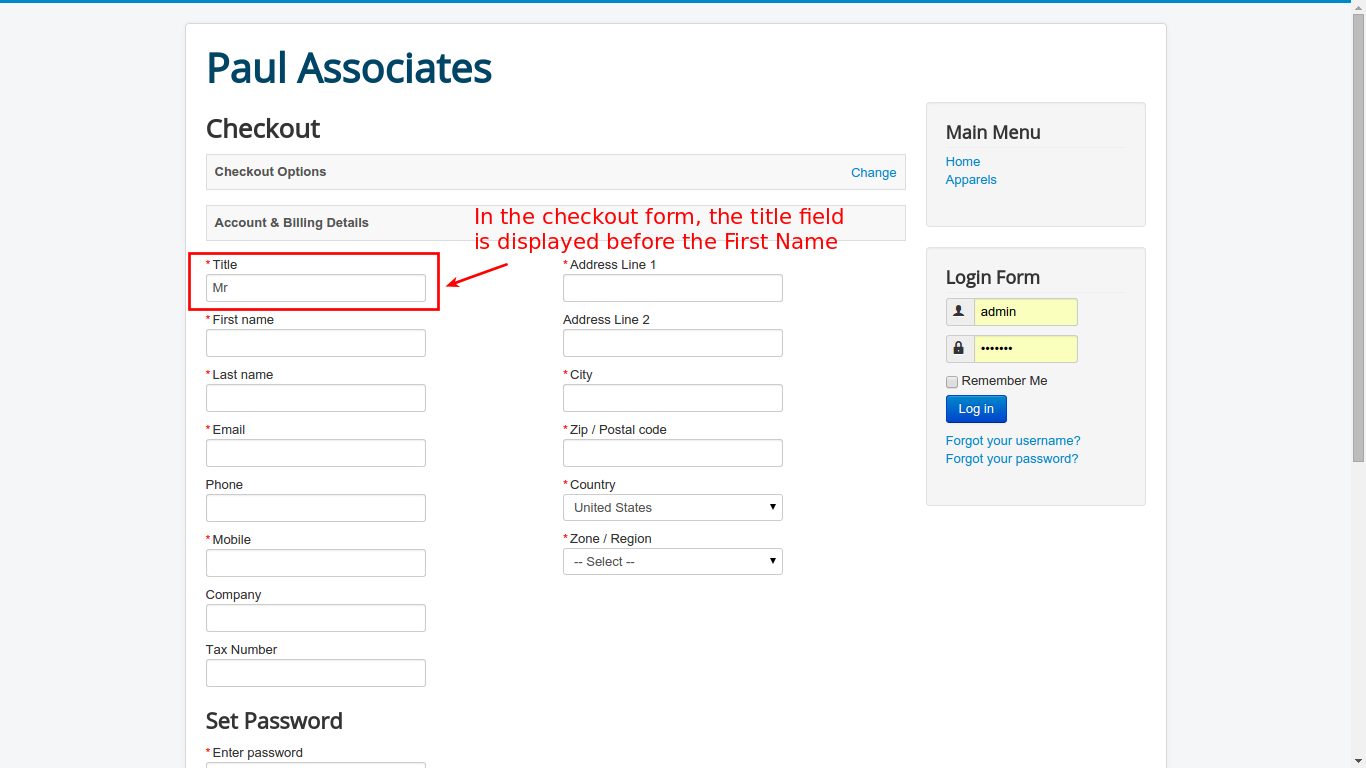PHP has a quite normal coding syntax and can be read quite easily. This tutorial focusses on coding format and technics of the VirtueMart code.
PHP is space insensitive like html. A ; ends a line. The = sets a value to a variable. The () indicate a function call, the content of functions is wrapped in {}.
Variables are declared with a $ sign, for example $myVariable. Variables are case sensitive! PHP automatically casts a variable to the right datatype if possible. What are datatypes?
| int | integer numbers for example -2, -1, 0, 1, 2 |
| float | float numbers for example 1234.56789 or -834753.23414 |
| string | strings, chars, words for example 1234.56789 or -834753.23414 |
| boolean | Important a real boolean is only “false” or “true” |
Strings are written with “ or ‘. The datatypes as example
$myVariable = 2; |
The variable $myVariable is now an integer with value 2 (not 2.0!) |
$myVariable = "2"; |
The variable is now a string! And can be converted to 2 or 2.0, but the string “2” has not an higher value as “a” or “i”. |
$myVariable = 2.34; |
The variable $myVariable is now a float with value 2.34 |
$myVariable = true; |
the variable is now a real boolean with the value true. |
But php has a simple datatype handling. Datatypes are often automatically converted, but failing explains sometimes unexpected results. Strings a concatenated (chained, combined) with a dot, number are summed with a plus.
Some examples how php works with mixed datatypes:
$a = "2"; $b = 4; echo $a.$b;
Results in “24”
echo $a+$b
Results in 6
There are two special “datatypes”: Arrays and objects.
Arrays can just keep other variables. You can access this values by a key. A new array is created with the function array. So $myArray = new array(‘here’ => ‘yes’, ‘there’ => ‘no’) creates a new array. $myArray[‘here’] returns “yes” and $myArray[‘there’] returns “no”. Arrays are very handy to store data. Arrays can be also multidimensional, for example array[key1][key2] = value.
Objects use the -> to access a property or function of the object. They are defined in classes. Some objects provide static functions which are access with :
The next thing are operators. The arithmetic operators are quite common +, -, *, /, here is a complete list http://php.net/manual/en/language.operators.arithmetic.php
And here are some examples for the comparison operators.
| == | is equal by value |
| != | is not equal |
| < | strictly less than |
| >= | greater or equal |
This operators are used to create expressions. The ! is used to “invert” the question. The ifconstruction is used to controll the program flow. The if is the function call and within the () is the parameter and the content of the function is in {}. The question or better said value is always converted to a boolean.
if(question){
//When the questions results not in false or 0, execute this code
} else if (question2){
//When question 1 resulted in false or 0, but question 2 is true (not false or =), then execute this code
} else {
//When no question was answerd with true, execute this code
}
When the expression is very short, layouts use sometimes the ternary operator
$a = question? $b:$c
When the question is answered with yes, set $a = $b, else set $a = $c.
How does this look like in a real program code?
// Calculating Manufacturers Per Row
$manufacturerPerRow = VmConfig::get ('manufacturer_per_row', 3);
if ($manufacturerPerRow > 1) {
$manufacturerCellWidth = ' width'.floor ( 100 / $manufacturerPerRow );
} else {
$manufacturerCellWidth = '';
}
The second line sets the value of $manufacturerPerRow to the retun value of the function get of the class VmConfig. The function get just returns the value of VmConfig::manufacturerPerRow and return the second parameter, when the property is not set. The next line just checks if the $manufacturerPerRow is bigger than one. Lets assume the value is the default (3), then the variable $manufacturerCellWidth is set to a string. The string starts with ” width” and the result of floor ( 100 / $manufacturerPerRow) is concatenated. Floor is just a function which down rounds a normal number to an integer. So we get for the default value the string ” width33″, else it is set to an empty string “”.
An empty string “” is not the same as as string, wich is just not set. When we just create a variable without initialising it with a value, then we get a variable pointing to null. “null” is NOT null! null is also not NULL and not 0 and not an empty string “”.
Lets assume we want to echo a value, if it has a “visible” value. We start with a very simple if construction.
if ( $var!="" ){
echo $var;
}
This can work, but it can create errors. When the variable is not initialised, it throws an error. When the variable is the type boolean then it is never executed. When it is NULL it is not executed and so on. To avoid this, php has a function called empty
if ( ! empty( $var) ) {
echo $var;
}
The ! inverts the result. So the $var is echoed if $var is not empty. The command empty is true for 0, 0.0, “0”, null, NULL, false, FALSE, array() (empty array). When you want to check if a variable is set, but can be also empty, then use isset. Example:
if (!empty($this->vendor->images[0])) {
echo $this->vendor->images[0]->displayMediaThumb('',false);
}
The command empty checks if the first image of the array images is available, but be aware that it does not check if $this->vendor exists. It would be safer to write.
if (!empty($this->vendor) and !empty($this->vendor->images[0])) {
echo $this->vendor->images[0]->displayMediaThumb('',false);
}
This way both must be empty. When the a condition returns false, the next conditions are not checked.
The code sample above contains the special variable $this. When the code is executed within a dynamic object, then the object itself is accessed by $this.
Take a look on virtuemart views. The view product details usually shows only one product. Therefore the product object is prepared in the view object and provided as property “product”. The product is just accessible by $this->product. Plain and simple. But some people are confused, because in the category view, they find the variable $product. Of course a category view shows a lot productS and therefore the products are provided by $this->products. The variable $this->products is a multi dimensional array, which holds different groups of products, the keys are products, topten, featured, latest,…
How you come to your $product? That are loops. Loops are used to process the data in arrays. Almost any loop in the vm layouts are foreach loops. It takes an array, does for each data in the array something, which is defined in the {} after. Lets take a look on the products.php in sublayouts
foreach ($viewData['products'] as $type => $products ) {
//Prepare the rows
....
foreach ( $products as $product ) {
//here is our product
vmdebug("lets take a look on our product",$product);
}
}
Sublayouts are an own chapter. It is just important to understand that the data is delivered by $viewData, not by $this. This sublayout renders the different product types in the category browse view. The function vmdebug(‘Write your note here’,$var1,[$var2], …) just prints the first parameter as note and any variable added as parameter (seperated by comma).
From: https://docs.virtuemart.net





